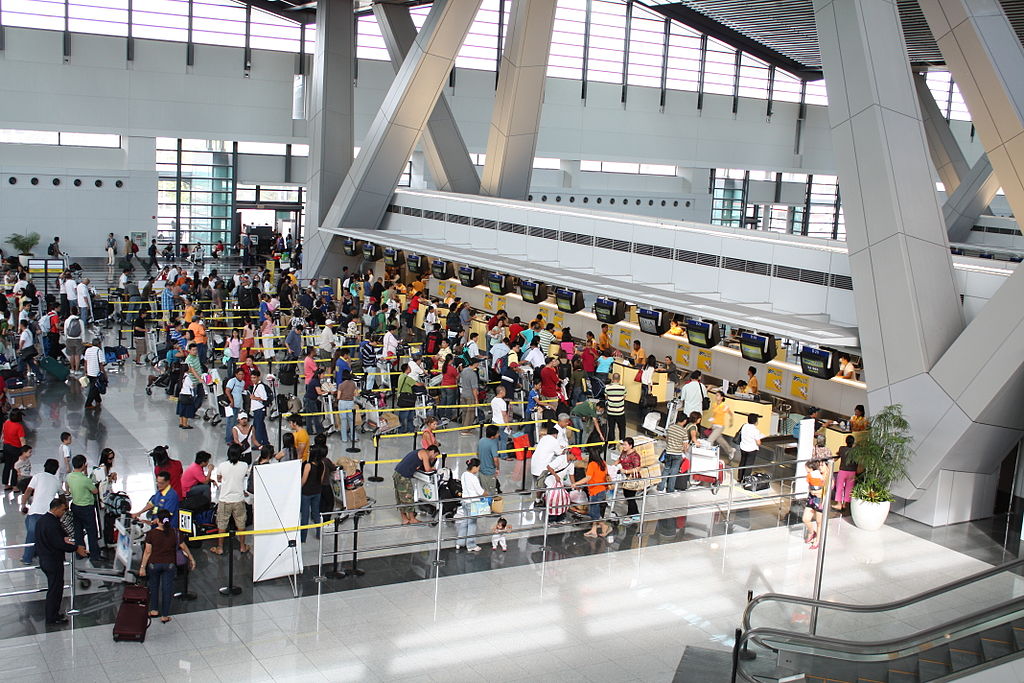Philippine News
DOTC eyes NAIA buses to boost access for airline passengers
MANILA — Commuters to and from the Ninoy Aquino International Airport (NAIA) and other airports in the country will soon have the option of taking modern bus services apart from regular and accredited taxis, according to a new public utility vehicle (PUV) classification created by the Department of Transportation and Communications (DOTC).
“For arriving airline passengers, the first trip is getting from the airport to their homes, hotels, and business centers. We are expanding their options to modern buses, so they will not have to rely on taxis alone. This is part of our bus reform program, which will improve passenger safety and convenience,” said DOTC Secretary Jun Abaya.
“These higher-capacity vehicles will benefit not only travelers and tourists, but also airport employees and greeters. We hope that with more efficient use of road space, this will help ease traffic congestion around airports as well,” he added.
Under this new category which the transport agency will publish later this week, airport buses will be required to comply with improved service levels, such as being equipped with on-board closed-circuit television cameras, global positioning system (GPS) devices, automated bus arrival electronic displays, cashless or automated fare collection systems, and free wi-fi.
Airport buses will be required to follow scheduled trips and designate off-street stops for loading and unloading to avoid obstructing the roads. Booking offices will also be required.
Technical features such as low floor height within a range of 0.28 to 0.38 meters, as well as appropriate luggage compartments, will be required for passenger convenience. In line with environmental sustainability, airport buses should be compliant with Euro V emissions standards or better, or run on clean alternative fuels such as electric or hybrid vehicles.
Apart from airport buses, the Bus Rapid Transit (BRT) system will also be recognized as a new classification of PUVs.
“We can boost mobility by promoting high-quality systems that efficiently transport large volumes of passengers. These new bus categories are cost-effective solutions that can cut down travel time, aid in decongesting clogged streets, and enhance passenger experience through scheduled trips and orderly boarding and alighting procedures,” the transport chief remarked.
The DOTC and the Land Transportation Franchising & Regulatory Board (LTFRB) have begun increasing service level standards for existing public utility buses (PUBs) as well, such as by phasing out buses older than 15 years, and requiring the installation of GPS devices later this year, which will improve the regulators’ ability to monitor and penalize erring PUBs.






















